I’ve always been drawn to the ocean. I feel at peace and at home swimming in the sea or even just walking along the shore. But I have a deep respect for Mother Nature and all of her creatures, including those whose home is the ocean. The ocean is a wondrous place, filled with fascinating creatures of all shapes and sizes. But did you know that some of these animals pack a powerful and sometimes deadly venomous punch? As much as I love the ocean and the creatures that live there, I wouldn’t want to encounter any of these venomous beasties up-close and personal.
1. Box Jellyfish
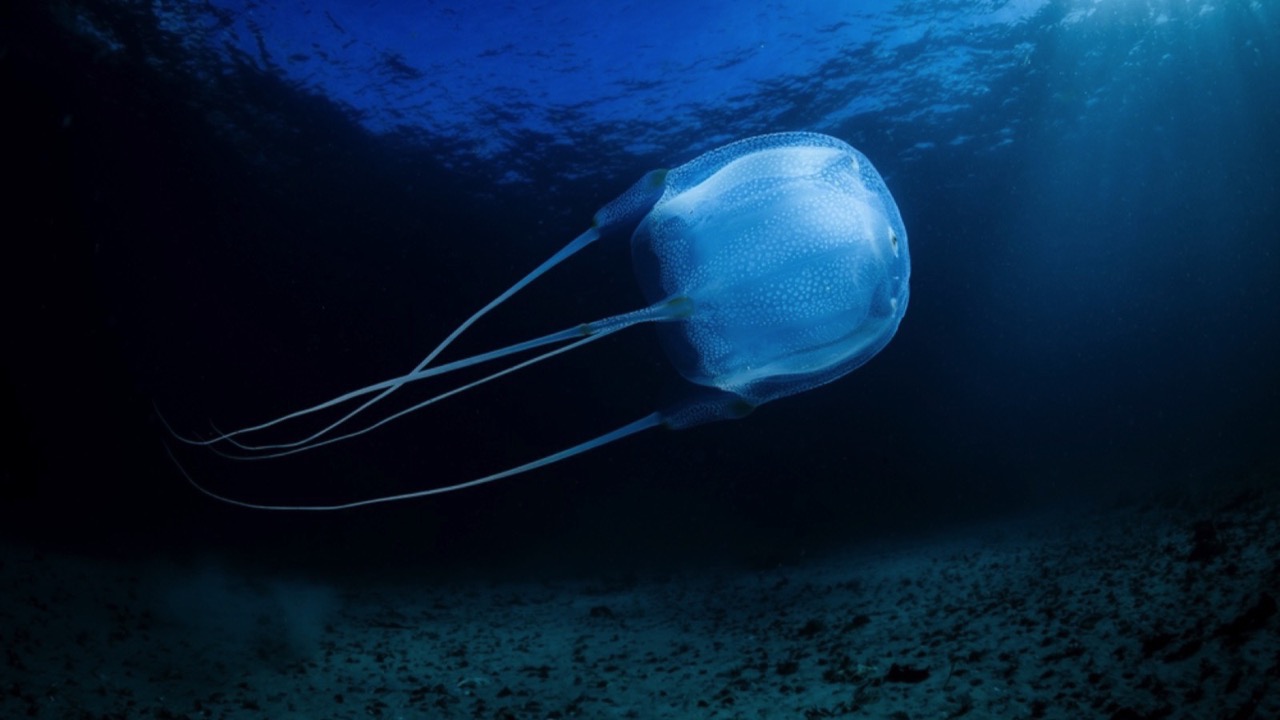
The box jellyfish is considered one of the most dangerous animals in the ocean. With tentacles up to 10 feet long and covered in millions of nematocysts (venom-injecting cells), a single sting can cause excruciating pain, paralysis, and even death within minutes.
2. Blue-Ringed Octopus
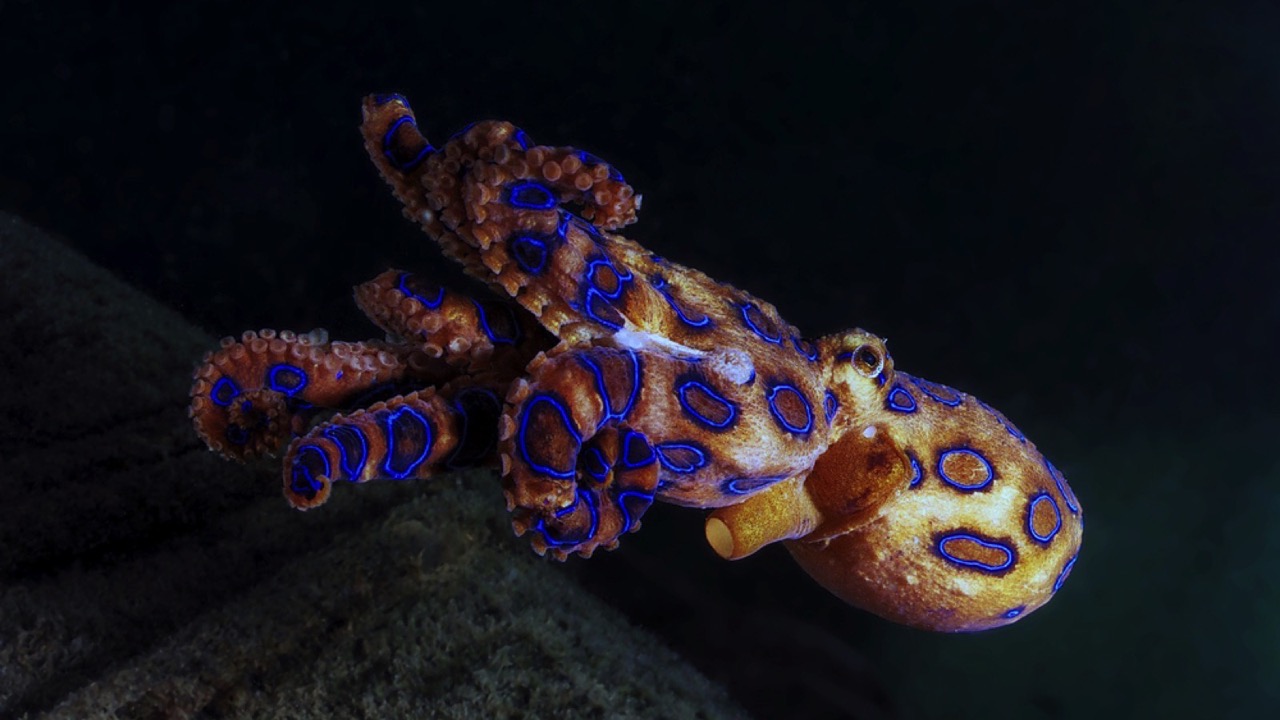
Despite its small size and beautiful appearance, the blue-ringed octopus is one of the most poisonous ocean animals. Its venom is 1,000 times more powerful than cyanide, and there is no known antidote. A single bite can cause paralysis and respiratory failure in humans.
3. Stonefish
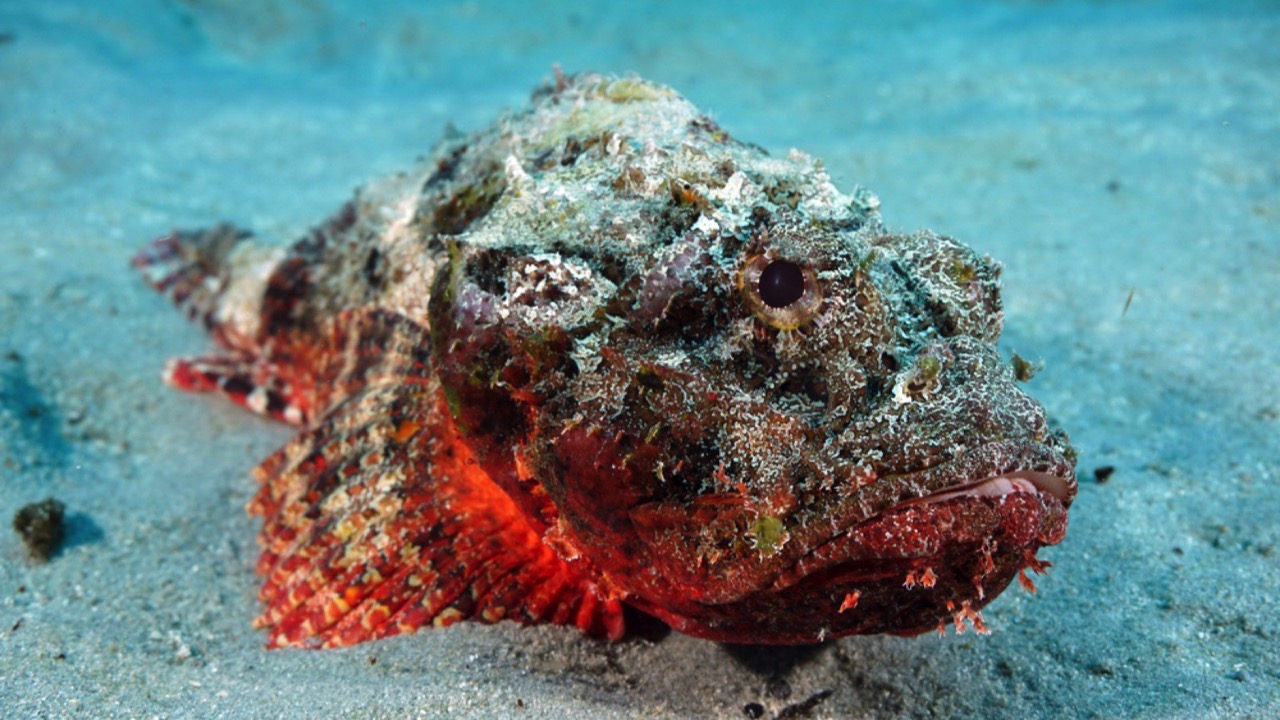
The stonefish is a master of camouflage, blending seamlessly with its surroundings. But hidden within its dorsal fins are sharp, venomous spines. Stonefish stings cause intense pain, and swelling, and can even be fatal if left untreated.
4. Lionfish
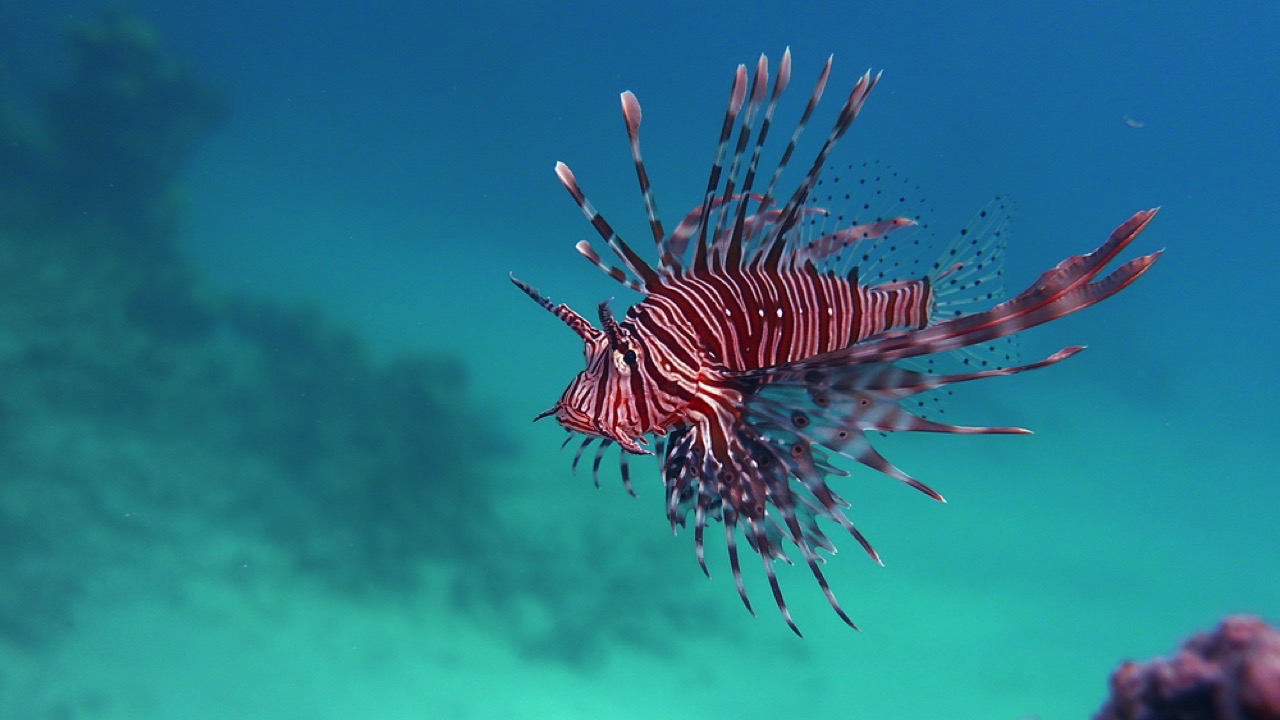
Known for their striking appearance, lionfish are also armed with venomous spines. While their sting is rarely fatal to humans, it can cause extreme pain, nausea, and breathing difficulties. Lionfish are also invasive species in many parts of the world, disrupting local ecosystems.
5. Portuguese Man O’ War
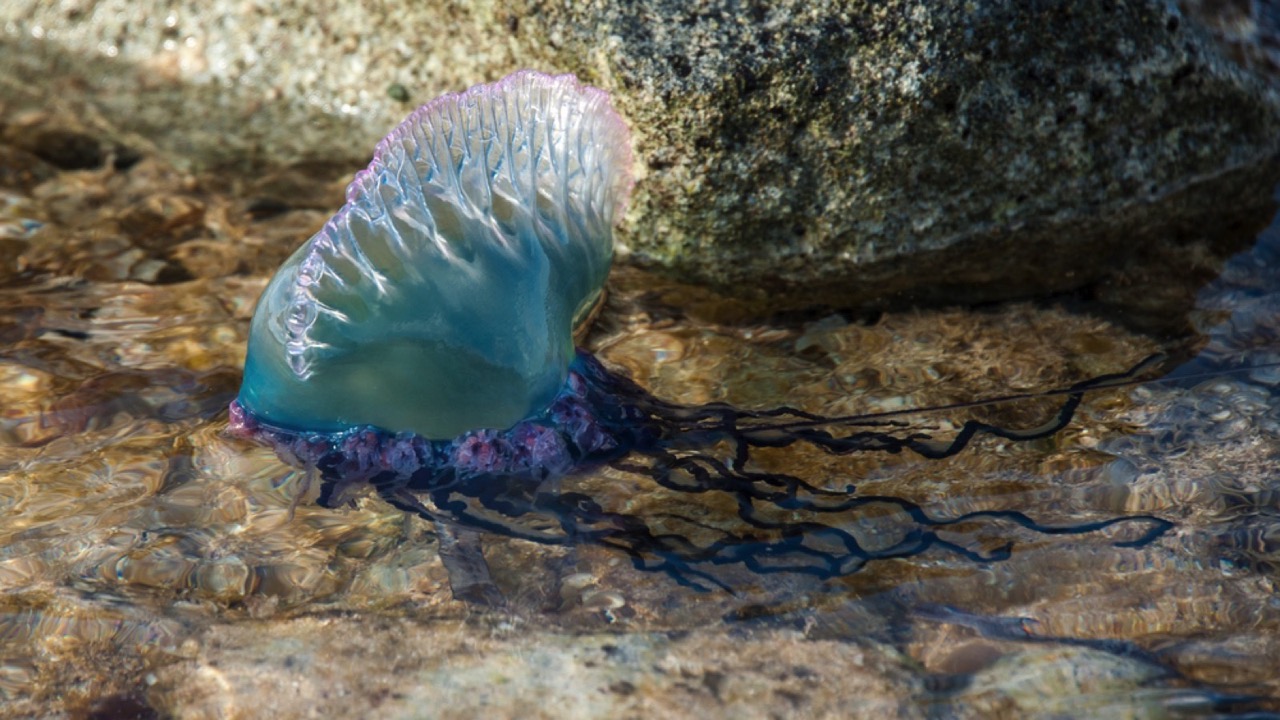
The Portuguese man o’ war is not a single animal, but a colony of specialized polyps. Its long, trailing tentacles can reach up to 165 feet and are covered in nematocysts. A sting from a Portuguese man o’ war can cause severe pain, inflammation, and in rare cases, death.
6. Cone Snail
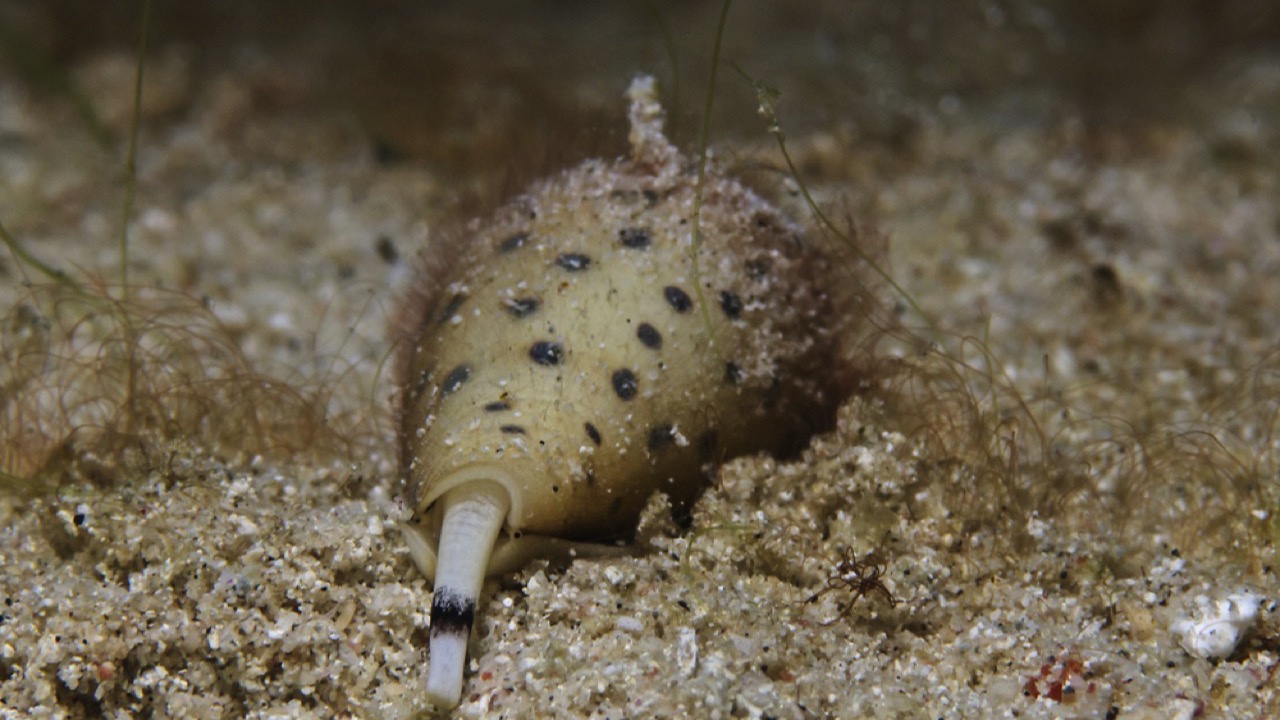
Cone snails may look harmless, but they are actually highly venomous predators. They use a harpoon-like tooth to inject a potent venom that can paralyze and kill their prey. Some species of cone snails have venom strong enough to kill humans.
7. Stingray
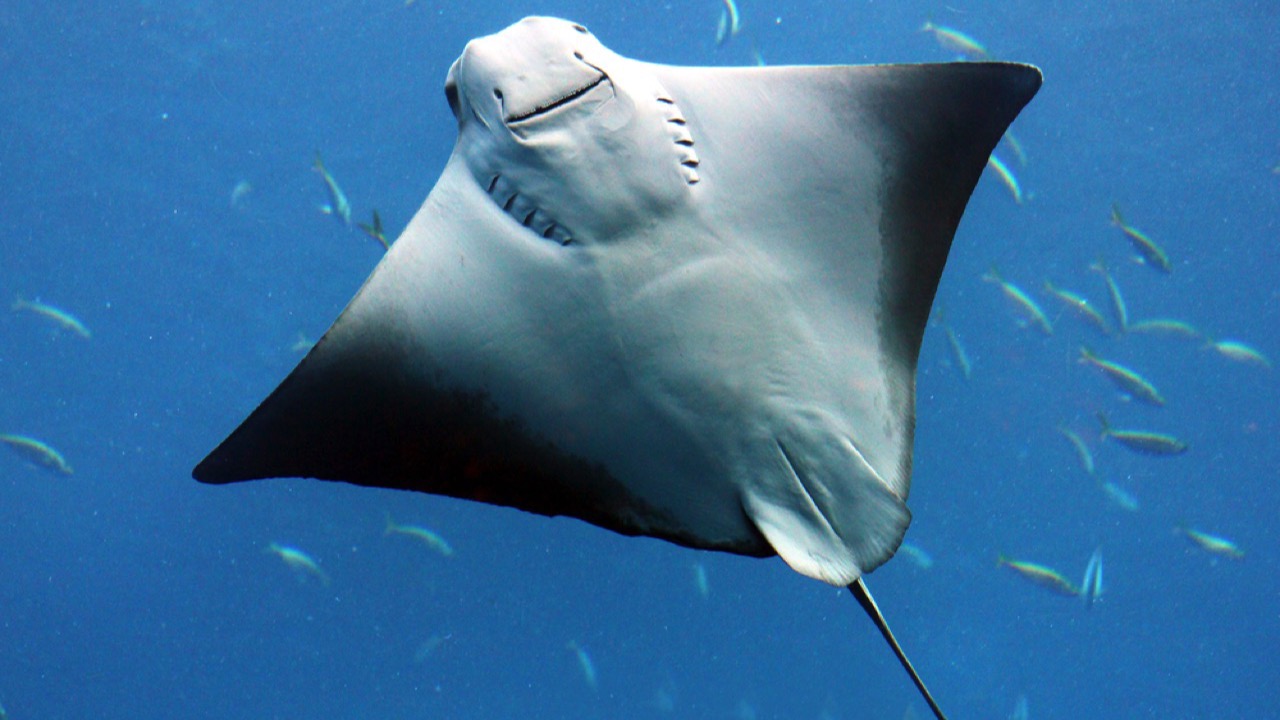
Stingrays are typically gentle creatures, but when threatened, they can deliver a powerful sting using the venomous barb on their tail. Stingray stings are extremely painful and can cause serious complications if not treated promptly.
8. Fire Coral
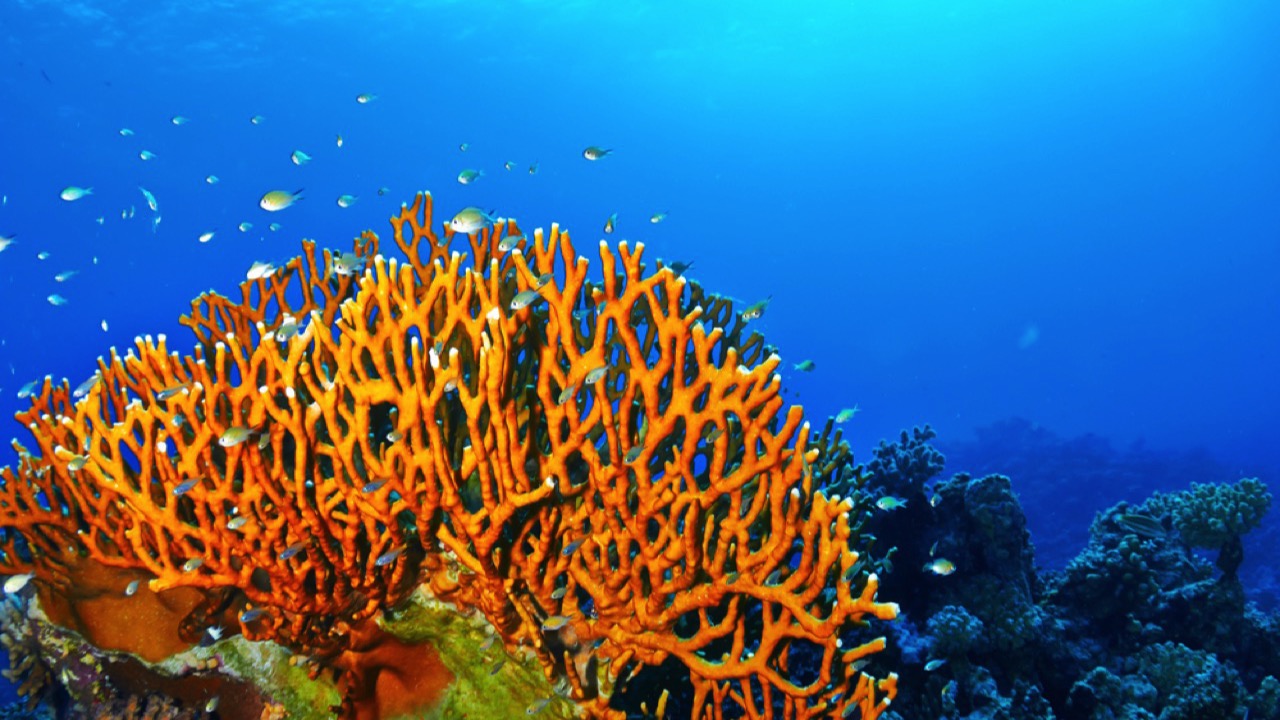
Despite its name, fire coral is not actually a coral, but a colony of tiny hydrozoan polyps. When touched, fire coral can cause a painful, burning sensation and skin irritation similar to a jellyfish sting.
9. Pufferfish
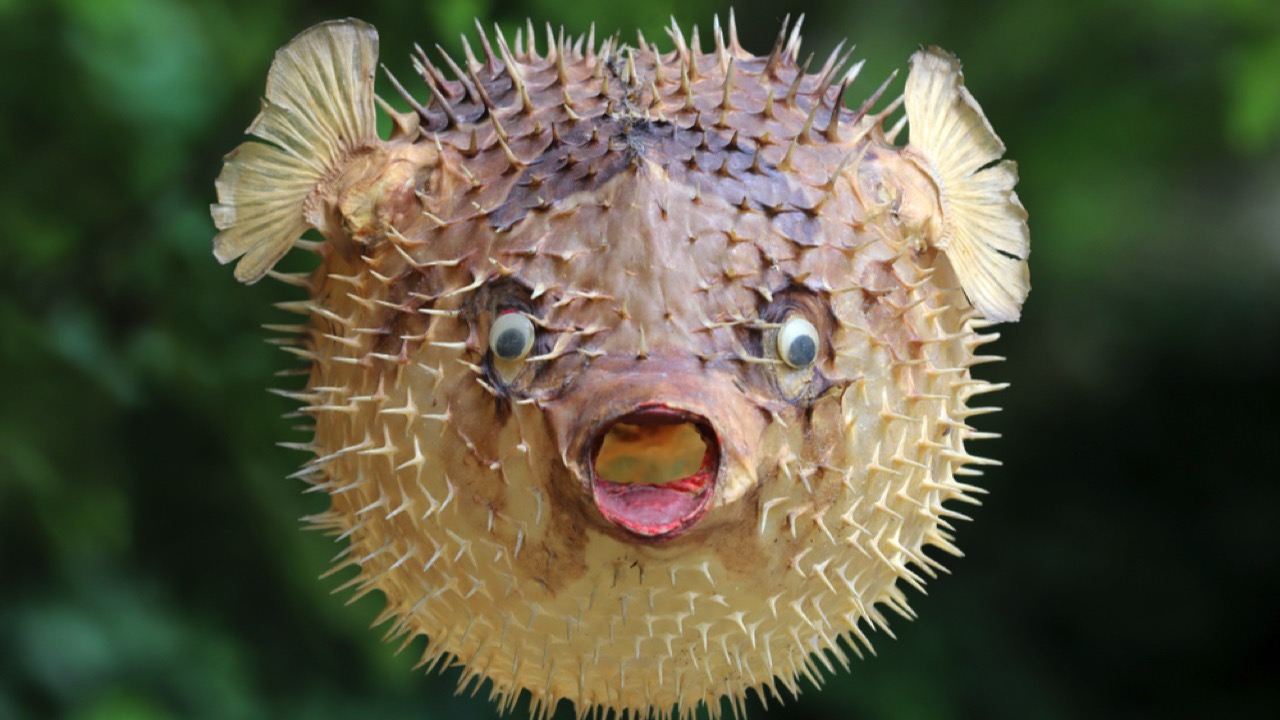
Pufferfish, also known as blowfish or fugu, contain a highly potent neurotoxin called tetrodotoxin. This toxin is found in their skin, organs, and blood, making them one of the most poisonous animals on Earth. Improperly prepared pufferfish can be lethal to humans.
10. Sea Snake
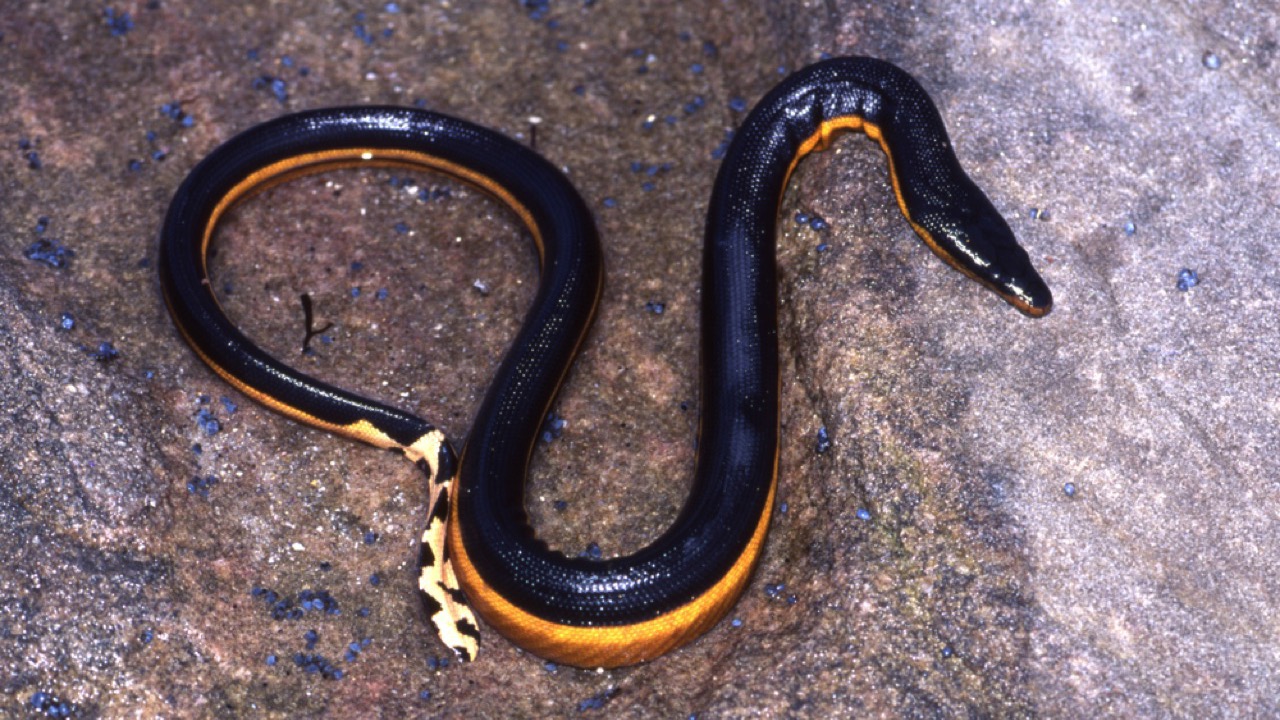
Sea snakes are more toxic than many venomous snakes on land. They use their venom to immobilize their prey, but a bite can also be dangerous to humans. Fortunately, sea snakes are typically shy and rarely encounter people.
11. Flower Urchin
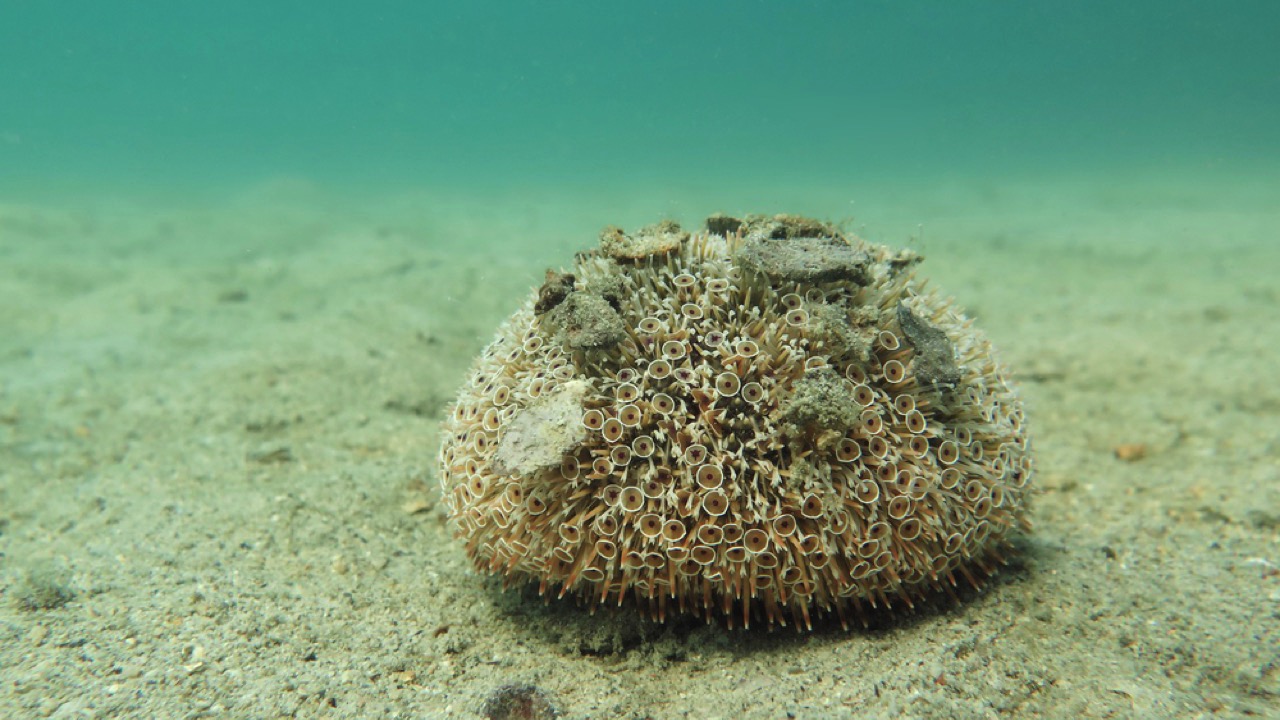
The flower urchin, crowned the world’s most dangerous urchin species by Guinness World Records, contains venom in its spines that can cause severe pain, paralysis, and even death. These urchins are found in tropical waters and should be admired from a safe distance.
12. Crown-of-Thorns Starfish
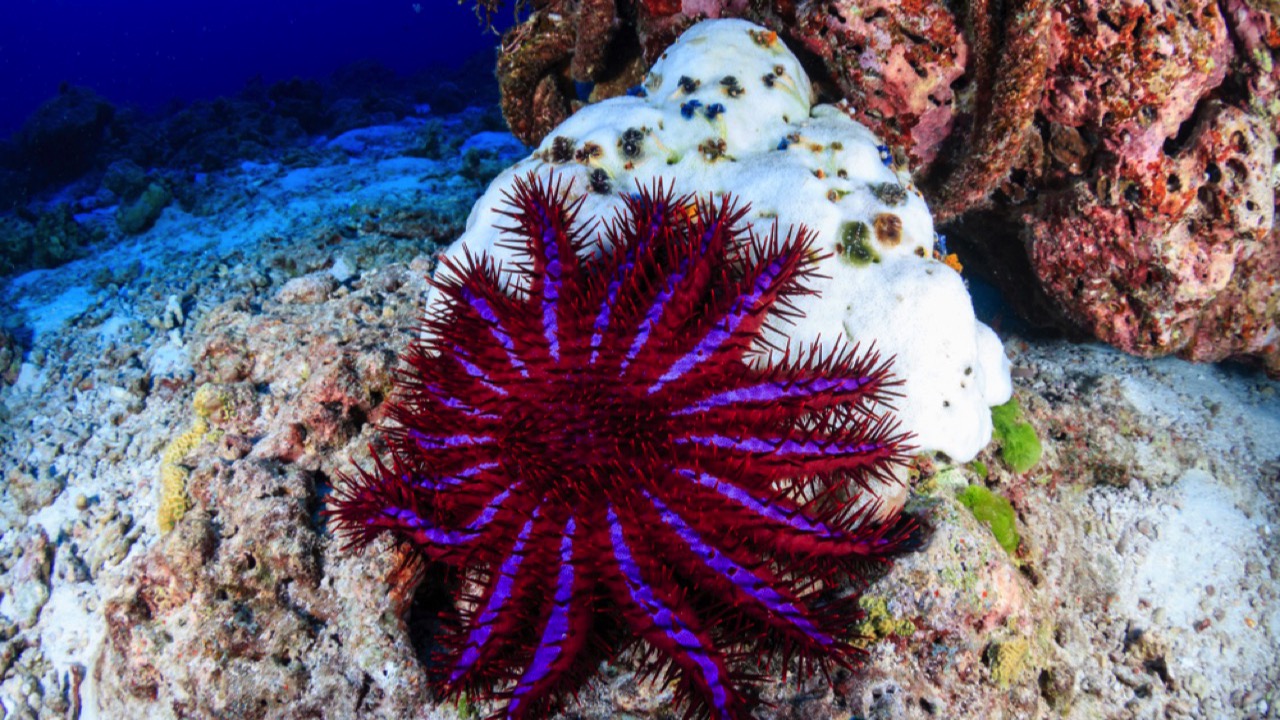
The crown-of-thorns starfish is covered in sharp, venomous spines. While not usually lethal to humans, their sting can cause intense pain, nausea, and vomiting. These starfish are also known for their voracious appetite, feeding on coral and contributing to coral reef destruction.
13. Beaked Sea Snake
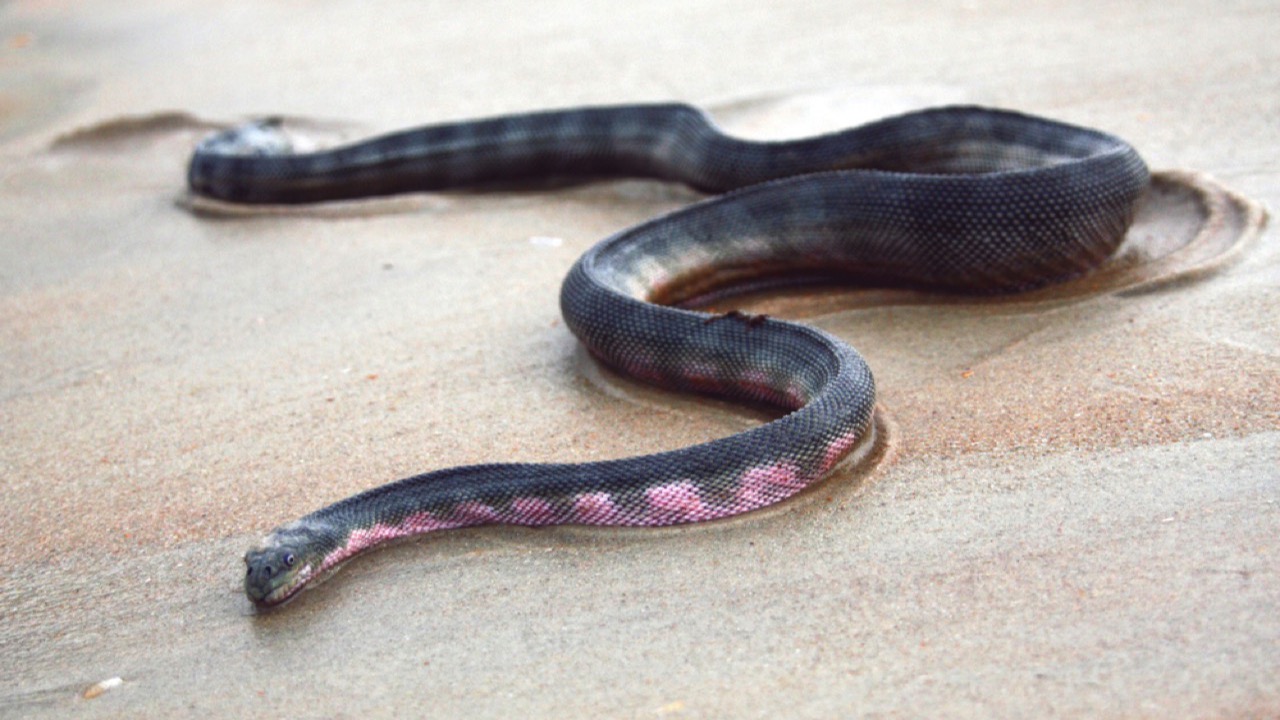
The venomous bite of the beaked sea snake is eight times more toxic than that of a cobra. Just 1.5 milligrams of its venom is enough to kill a human. Beaked sea snakes are found in the waters of Southeast Asia and Australia.
14. Textile Cone Snail
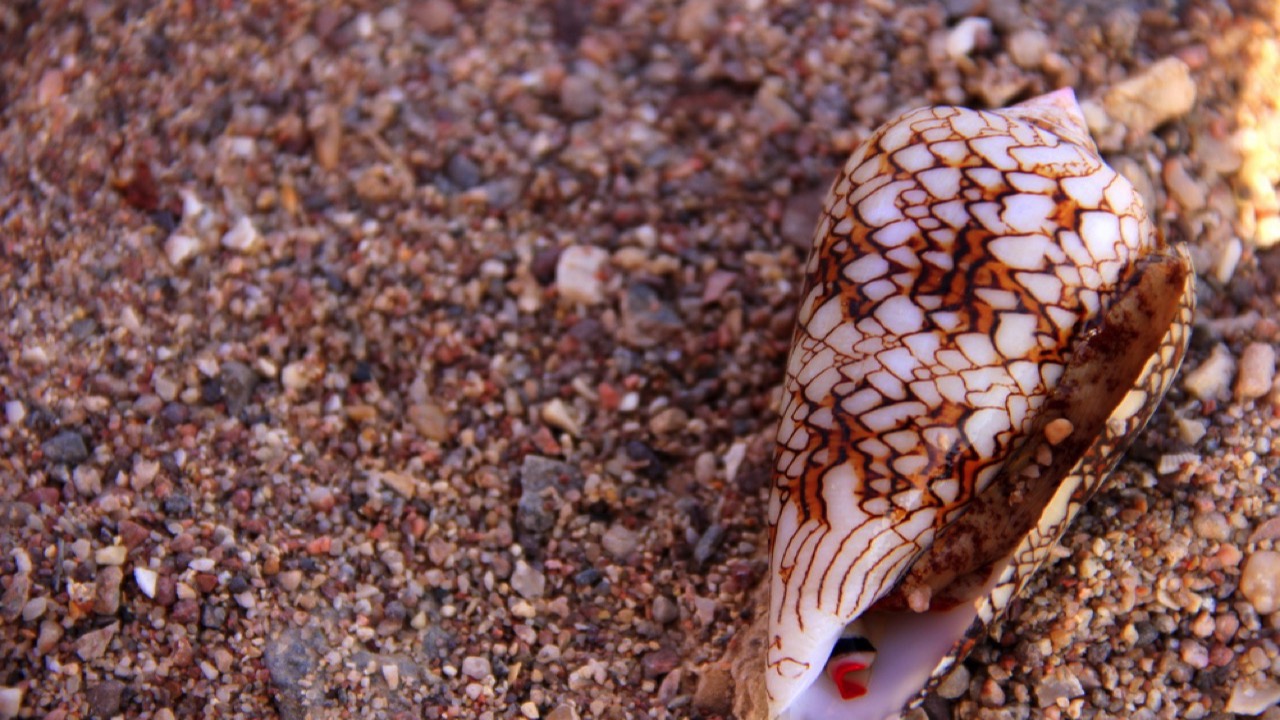
The textile cone snail is a beautiful but deadly creature. Its venom is a complex mixture of toxins that can cause paralysis and death in humans. These snails are found in tropical waters and should never be handled.
15. Irukandji Jellyfish

The Irukandji jellyfish may be tiny, but its sting packs a powerful punch. Symptoms of an Irukandji sting, known as Irukandji syndrome, can include severe pain, nausea, vomiting, headaches, and even a feeling of impending doom.
16. Bristleworm
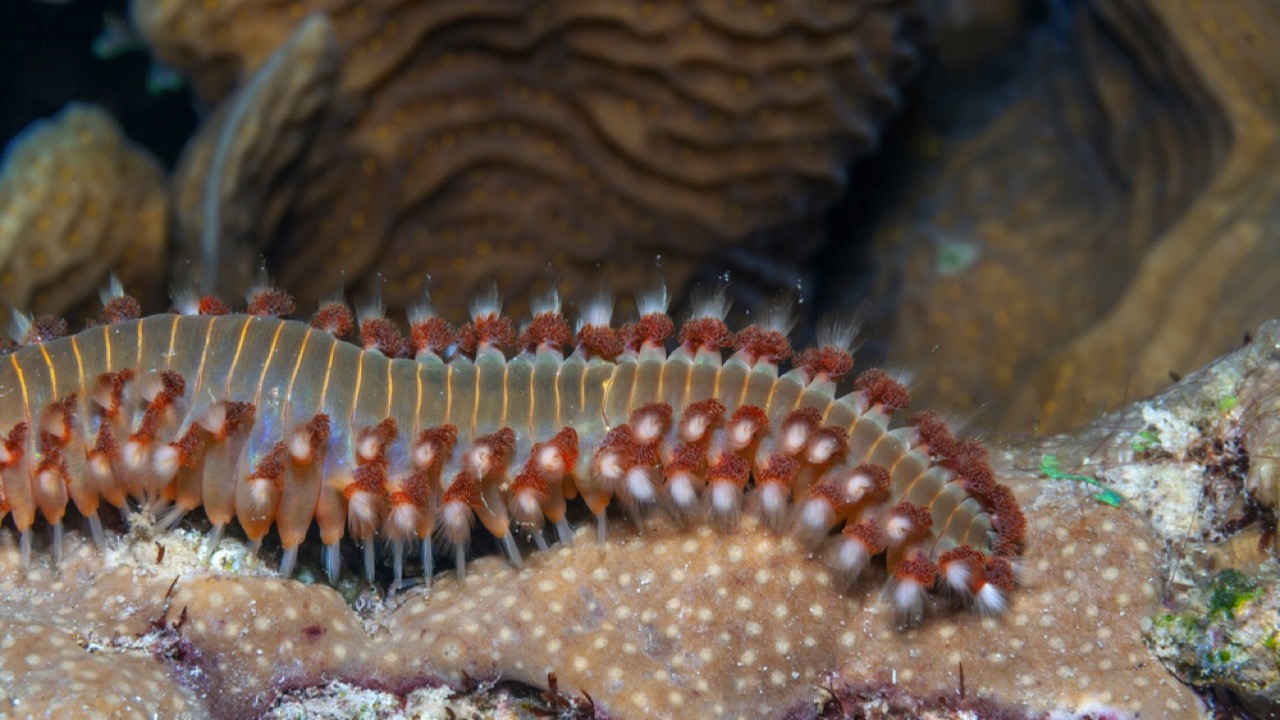
Bristleworms are segmented worms with bristly, venomous appendages. When touched, these bristles can break off and embed in the skin, causing irritation, inflammation, and a painful burning sensation.
17. Scorpionfish
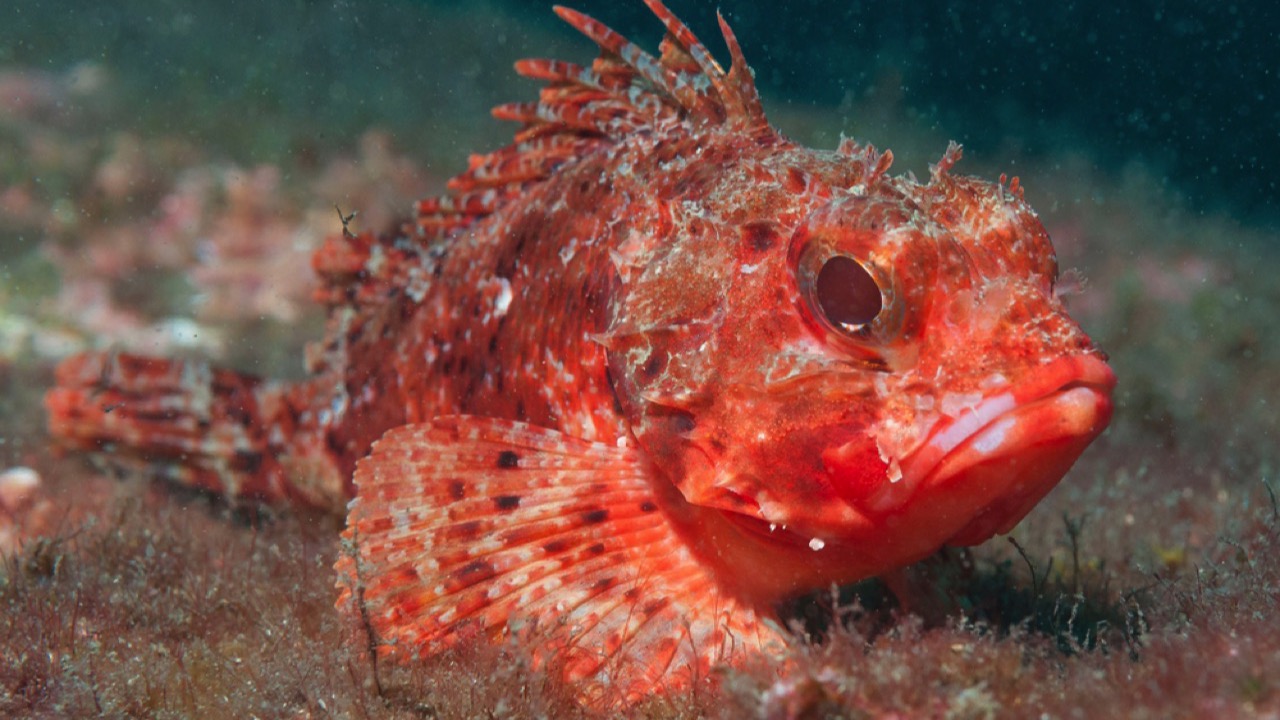
Scorpionfish are masters of camouflage, blending in with their surroundings. They have venomous spines on their fins that can cause intense pain, swelling, and other complications if stung.
18. Reef Stonefish
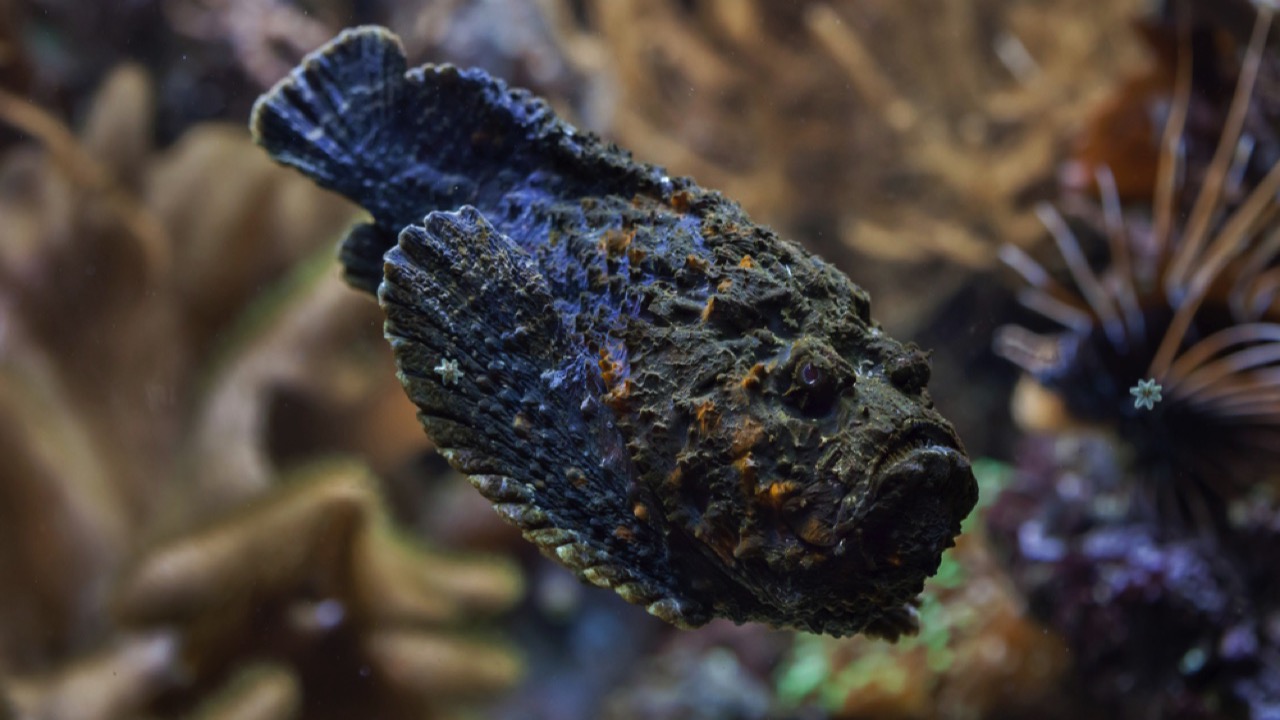
The reef stonefish is another highly venomous fish found in the ocean. Its sting can cause severe pain, paralysis, and even death if not treated promptly. Reef stonefish are found in the tropical waters of the Indo-Pacific region.
Becky is a fervent wildlife enthusiast and pet care expert with a diploma in canine nutrition. Her love for animals stretches beyond the domestic, embracing the wild tapestry of global fauna. With over a decade of experience in animal welfare, Becky lends her expertise to OutlandishOwl through insightful articles, captivating wildlife information, and invaluable guidance on pet nutrition. Her work embodies a deep commitment to understanding the intricate lives of animals and a passion for educating others on sustaining natural habitats. Becky's hands-on conservation efforts and her knack for translating complex dietary science into practical pet feeding tips make her an indispensable voice for creatures great and small.




